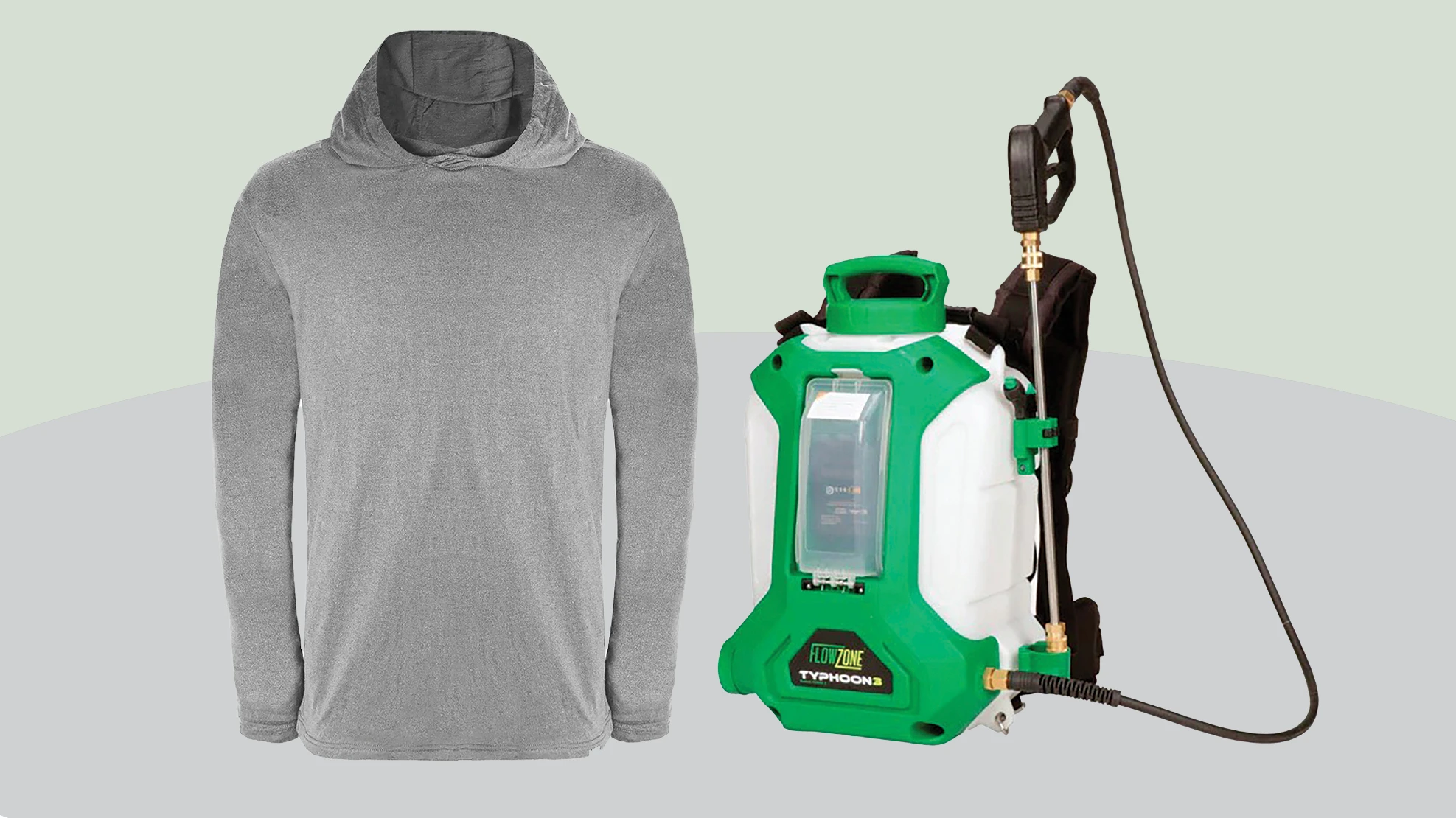Dryland farming is a method that has returned to the forefront time and again. It is the production of crops, practiced without irrigation, on land with a low or highly variable amount of rainfall.
 The process we would like to share is one which returns soil to robust and natural health. A Texas agricultural consultant, Andrew Reynolds, recommends a no-till dryland farming technique that requires preparation and patience to allow the soil to rejuvenate over a period of time. His no-till technique to growing utilizes unharvested or “cover” crops that block the soil from the sun to retain its moisture during hot months. In the winter, the roots shrink and create water pathways, releasing nitrogen as they decompose. This approach provides a hospitable environment for earthworms to naturally aerate the soil. The key to this process is choosing the correct crops that have long roots and nodules which open up space in the soil, gather nitrogen from the air, and then natural release nitrogen into the soil. This profound method promotes much healthier soil than that which has been treated with the harsh chemicals found in most fertilizers. Mr. Reynolds quotes microbiologist Harold Reeves, “Soil is the most complex ecosystem on the planet.” By respecting the soil, the grower becomes a steward for the future.
The process we would like to share is one which returns soil to robust and natural health. A Texas agricultural consultant, Andrew Reynolds, recommends a no-till dryland farming technique that requires preparation and patience to allow the soil to rejuvenate over a period of time. His no-till technique to growing utilizes unharvested or “cover” crops that block the soil from the sun to retain its moisture during hot months. In the winter, the roots shrink and create water pathways, releasing nitrogen as they decompose. This approach provides a hospitable environment for earthworms to naturally aerate the soil. The key to this process is choosing the correct crops that have long roots and nodules which open up space in the soil, gather nitrogen from the air, and then natural release nitrogen into the soil. This profound method promotes much healthier soil than that which has been treated with the harsh chemicals found in most fertilizers. Mr. Reynolds quotes microbiologist Harold Reeves, “Soil is the most complex ecosystem on the planet.” By respecting the soil, the grower becomes a steward for the future.
Even though natural approaches are trending, dryland farming is not a trend. Historically in the American Southwest, Native Americans used a creative method that kept the soil moisture content stable enough to grow hardy, drought-resistant crops. Dryland farming is still practiced in many other regions in the world. This method of dryland farming allows barren soil to become productive.
 Although dry farming generally began and returned out of necessity, many California vineyards have permanently adopted the practice. Dry farming produces a lower overall crop yield, but has shown to yield higher-quality grapes. The difference in yield is of less importance for high-quality vineyards. Vineyards using this method purposely limit yield to ensure flavor is sufficiently concentrated in the grapes. The reduced water forces the grapevines to produce smaller berries, resulting in more concentrated flavors. Frank Leeds, 2013 Napa Valley Grower of the Year, produces highly respected cabernets and other wines decade after decade without a drop of added water.
Although dry farming generally began and returned out of necessity, many California vineyards have permanently adopted the practice. Dry farming produces a lower overall crop yield, but has shown to yield higher-quality grapes. The difference in yield is of less importance for high-quality vineyards. Vineyards using this method purposely limit yield to ensure flavor is sufficiently concentrated in the grapes. The reduced water forces the grapevines to produce smaller berries, resulting in more concentrated flavors. Frank Leeds, 2013 Napa Valley Grower of the Year, produces highly respected cabernets and other wines decade after decade without a drop of added water.
Many California vineyards have permanently adopted the practice. The reduced water forces the grapevines to produce smaller berries, which results in more concentrated flavors. Dry farming produces a lower overall crop yield, but has shown to yield higher-quality grapes. The difference in yield is far less of a problem for high-quality vineyards.
These dryland farming methods can bring parched and depleted soil to a healthy state while providing productive crops.
Latest from Greenhouse Management
- The Growth Industry Episode 3: Across the Pond with Neville Stein
- A nation of gardeners: A history of the British horticulture industry
- How Izel Native Plants is solving the native plant conundrum
- Trends: Proven Winners 2025 perennial survey shows strong demand
- Online registration opens for 2025 Farwest Show
- Cashing in with customization
- The Ball Seed Difference
- Lawsuit challenges new H-2 visa rules






